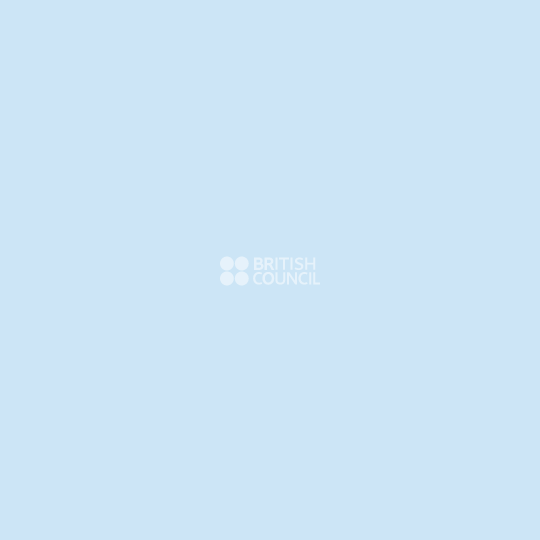
LION 1986
June Redfern (1951 – )
Details
- Dimension
- 56 X 75.5 CM
- Media
- LITHOGRAPH
- Accession number
- P5457
Summary
Whilst in his final year at University Charles Booth-Clibborn published The Scottish Bestiary under his imprint The Paragon Press. Booth-Clibborn had invited the Orkney born writer George Mackay Brown to produce texts, in the form of poetry and prose, to accompany 20 prints by Scottish artists depicting 19 animals – real and mythological. This was the first time the artist has used lithography as she felt the fluid lithographic craypm would suit her way of working. All the key drawing was done on lithographic stones and the colour achieved by other means. The orange in this work was made on a separate plate, using an effect called peau de crapaud(toad-skin) in which ink and water are mixed to give a marbled effect.
Further reading:
Contemporary Art in Print, Scottish National Gallery of Modern and The Paragon Press, 1995, texts by Jeremy Lewison, Duncan Macmillan and Patrick Elliott
Glossary
-
Drawing
The depiction of shapes and forms on a flat surface chiefly by means of lines although colour and shading may also be included. Materials most commonly used are pencil, ink, crayon, charcoal, chalk and pastel, although other materials, including paint, can be used in combination.
-
Imprint
In a bibliographic item, the name of the publisher, distributor, or manufacturer, and the place and date of publication.
-
Lithography
Lithography means, literally, stone drawing. In addition to fine grain lithographic stones, metal plates can also be used for lithography. The method relies on the fact that grease repels water. An image is drawn in a greasy medium onto the stone or plate, which is then dampened with water. Greasy printing ink rolled onto that surface will adhere to the design but be repelled by the damp area. The inked image is transferred to the paper via a press. For large editions, the grease is chemically fixed to the stone, and gum arabic, which repels any further grease marks but does not repel water, is applied to the rest of the surface. For colour lithography the artist uses a separate stone or plate for each colour required.
